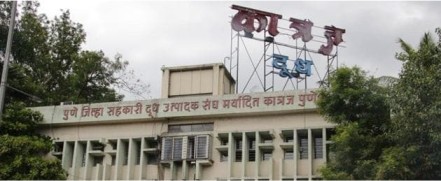LOWER THAN-EXPECTED production mainly due to the warm winter has led to a crisis in the dairy industry of the state. With around a 6-8 per cent dip in daily procurement of milk across the state, dairies have not ruled out another procurement price rise in the state.
Last week, the Pune Zilla Sahakari Dudh Sanstha, the dairy that retails milk and its products under the brand of Katraj- raised the procurement price by Rs 2 per litre and pay Rs 37.80 per liter for milk with 3.5 per cent fat and 8.5 solid-not-fat, SNF.
At the consumer end, the price of double-toned milk was raised by Rs 2 and cost Rs 54 per liter. Katraj is the latest in the queue to increase the procurement price and at present dairy farmers in Maharashtra are paid between Rs 35- 39. At the consumer end, most dairies have priced their milk pouches at Rs 52-54/litre.
For three months, dairies have increased procurement prices twice.
The price rise, Dasarath Mane, chairman and managing director of Sonai Dairy, Indapur milk and dairy products limited, the reason was due to higher demand and just about normal supply. Other dairies have admitted a 7-8 per cent dip in procurement.
Western Maharashtra, which reports around 85 per cent of the total milk procured in the state dairies, has reported a significant dip. Various reasons are being attributed. Warmer than usual winter, lumpy skin disease, the unusually high price of green fodder and feed and hyper-local demand for milk and milk products are among them.
The dip comes at a time when animals are supposed to increase their lactation in what is called the “flush season”. For the dairy industry, the months between October to March coincide with the flush season when dairies reduce their procurement price in view of more demand.
Source : The Indian Express Feb 8th 2023

